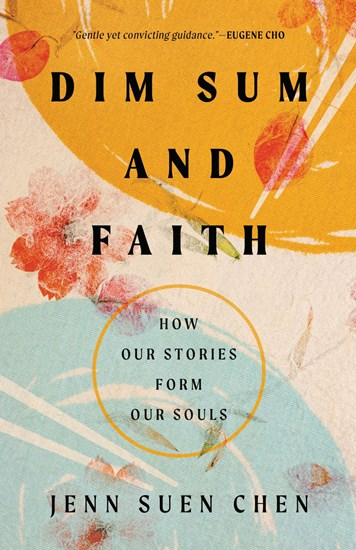I Belong Here: AACC Civil Rights Tour Reflection
By Heidi Kwon
"Y
ou know you have an accent too,” a friend I had just met said to me as we ate dim sum.
“Wait, what?” I responded. We had just laughed about another friend who had no idea she had a distinctly Asian American accent. I was confused and wholly convinced that if you closed your eyes and heard me speak, you would think I was entirely “American.”
“That’s not fair, I don’t even speak Korean well!” I responded.
“I don’t know what to tell you,” she laughed, “You can definitely tell.”
It was like finding out I was colorblind. It’s not that I want to sound White or that I’m ashamed of having an accent, but… I was born here. When I speak Korean to my Korean friends, they laugh.
Growing up in a predominantly Caucasian environment, I resisted anything distinctly Asian. When family members from Korea would gift me hair pins and socks, I would drop them into the back of my dresser drawers. I rejected the language and rebelled at my Saturday morning Korean language school. I rooted for America during the Olympics while my parents shouted for South Korea. In my teen years, I fried my hair in an attempt to cover up its inky black color and scratched my corneas with colored contacts. I wore two contacts in each eye, layering a dark blue and light grey to create light blue, because—“art”.
No matter how hard I tried, I could not seem to hide the shape and color of my eyes or subdue the color of my hair. I didn’t know it at the time, but I had internalized this belief that being Asian was less than, and no amount of hiding could mask this part of who I was. And while the experience of being in a cultural no man’s land was familiar, I had assumed that I should, at the very least, be indistinguishable in my voice.
Oddly enough, discovering I had an “Asian American” accent felt like a betrayal by my own tongue. After forfeiting, resisting, and rejecting the Korean language, my “pristine” accent should have been the one thing that showed I belonged here.
During the Civil Rights Tour with AACC, as we perused museums with the other Asian Americans I befriended on the journey, it was the first time I realized that being Asian American was its own separate identity in and of itself. It was the first time I saw black-and-white historical photos of Asian Americans who blazed the trail before me. Japanese Americans in front of their porches. Chinese railroad workers. A Korean mother in her hanbok at Angel Island in San Francisco. They looked like me, and I looked like them. It was the first time I realized that I was part of something bigger than myself.
I am a second-generation Korean American. My parents immigrated to the States in the 80s and I was born here. Often those of us who share this kind of story can feel severed from the history of our ancestors. Those of us in the States are like trees that have yet to be planted anywhere—our roots coiled in wooden containers. It’s the perpetual foreigner, the othering, the never enough, the less than, the “go back to where you came from,” feeling that never really goes away.
But learning about the history of immigration since the 1800s —particularly of Asians—and the ways they persevered despite language barriers, hostility, and the government stealing land made me realize something I couldn’t articulate before. Perhaps being Asian American was not a “watered down version” of Asian or a “less than version” of American. Perhaps being Asian American meant being woven into a rich history of Asian Americans who dug in with courage and forged a path and a whole new identity that could hold space for cultural complexities to exist.
I would eventually grow out of my colored contacts phase, and years later when I became pregnant, I stopped dyeing my hair. It took a while to embrace the dark roots that grew so effortlessly. Once I saw my own daughter’s almond eyes looking back at me, I began to see the beauty in all the generations of our elders who had loved and persisted in creating this deep brown hue.
Somehow learning that I have an Asian American accent felt fitting after learning snapshots of history. As if I inherited an unexpected gift or was mysteriously re-connected to the Asian Americans who came before me and struggled the same way. While I’ll probably always fumble over Korean, I know that regardless of my proficiency in Korean or English, I belong here.
Photo credit: Abigail Erickson
Heidi Dixon Kwon is the Liturgist at EKKO Church in Fullerton, CA. She and her husband, Daniel, have two kiddos, Maya (4) and Rome (2) -- who they did not intend to name after ancient civilizations, but somehow ended up being a fun coincidence. Heidi has a degree in Anthropology and Education Studies from UC San Diego and is currently working on her MDiv at Fuller Seminary. Heidi loves creating space and language through the local church for people to connect with God and one another.
More Like this:
Help us continue the work of empowering voices. Give today.





